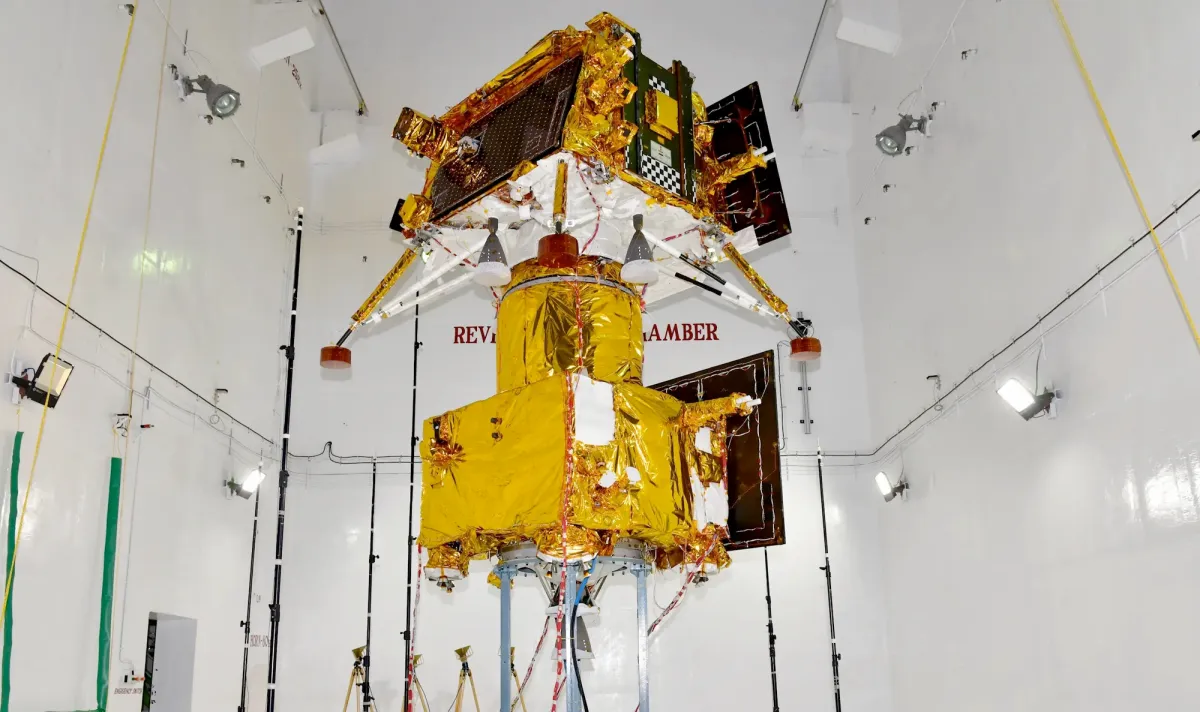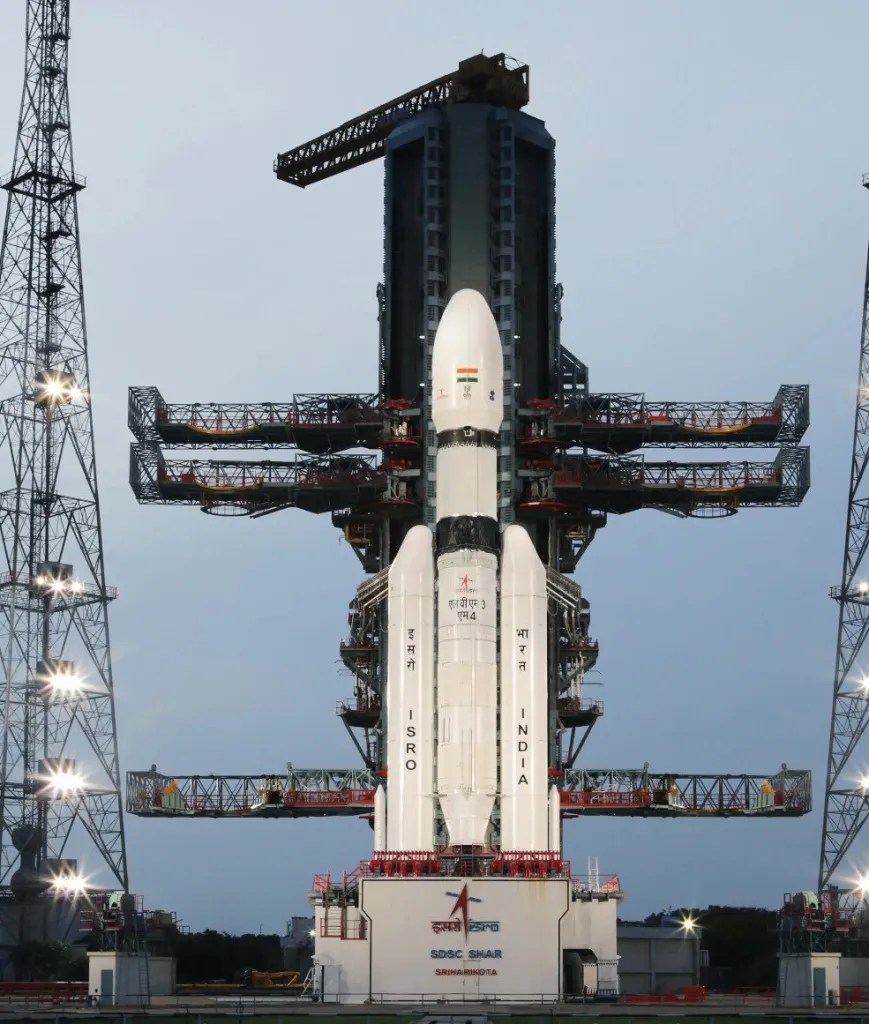(CTN News) – In the wake of the groundbreaking success of the Chandrayaan-3 mission, the Indian Space Research Organisation (ISRO) is setting its sights on the next lunar endeavor – Chandrayaan-4, anticipated to launch around 2028.
According to Dr. Nilesh Desai from ISRO’s Space Applications Centre (SAC), the upcoming mission, also referred to as the LUPEX mission, is poised to take lunar exploration to new heights.
Chandrayaan-4 is designed to build upon the achievements of the recently concluded Chandrayaan-3, pushing the boundaries with more intricate objectives.
The mission’s primary goal is to make India the fourth nation globally to successfully retrieve samples from the lunar surface, a feat that requires advanced technological capabilities.
Dr. Desai shared insights with India Today, stating that the Chandrayaan-4 mission is scheduled for a 2028 launch.
This announcement has sparked anticipation within the scientific community and space enthusiasts alike, as the mission promises to advance India’s position in space exploration.
The LUPEX mission signifies a significant stride forward for ISRO, showcasing the agency’s commitment to pushing the boundaries of space exploration and contributing to the global scientific community.
If successful, Chandrayaan-4 will mark another milestone in India’s space endeavors, solidifying its status as a key player in lunar exploration.
Chandrayaan-4: ISRO Plans to Send Indians to the Moon by 2040
In a bold and forward-looking vision, the Indian Space Research Organisation (ISRO) has announced plans to send Indians to the Moon by 2040.
Dr. Nilesh Desai, speaking about the agency’s long-term goals, stated, “We have the next 15 years to send a man to the moon,” outlining an ambitious mission that aims to make significant strides in lunar exploration.
The mission, part of the broader Chandrayaan-4 project, is set to land near the lunar south pole with the objective of collecting rock samples. These samples, once returned to Earth for analysis, could unlock crucial insights into lunar resources, particularly water.
The presence of water on the Moon could play a pivotal role in supporting future human colonization efforts.
Chandrayaan-4 will feature a 350-kg rover, showcasing enhanced mobility capabilities compared to its predecessor.
The mission’s lander will undertake a challenging maneuver by touching down along the hazardous rims of lunar craters, areas that have remained unexplored until now.
To execute this ambitious plan, ISRO plans to deploy its heavy-lift GSLV Mk III or LVM3 launch vehicles.
The success of the mission, however, hinges on the intricate task of safely retrieving the lunar samples, a technically challenging endeavor that will require two launches.
The landing approach for Chandrayaan-4 will resemble that of Chandrayaan-3, with the central module returning after docking with the orbiting module.
The orbiting module will then separate above Earth, re-enter the atmosphere, and release the collected lunar samples.
ISRO has already demonstrated its capabilities with a successful hop experiment using Vikram, showcasing a spacecraft’s ability to lift off from the Moon’s surface.
Additionally, the Orbiter has returned to Earth from the Moon, demonstrating the achievement of a return trajectory.
These milestones further underscore ISRO’s commitment to pushing the boundaries of space exploration and positioning India as a key player in lunar endeavors.





